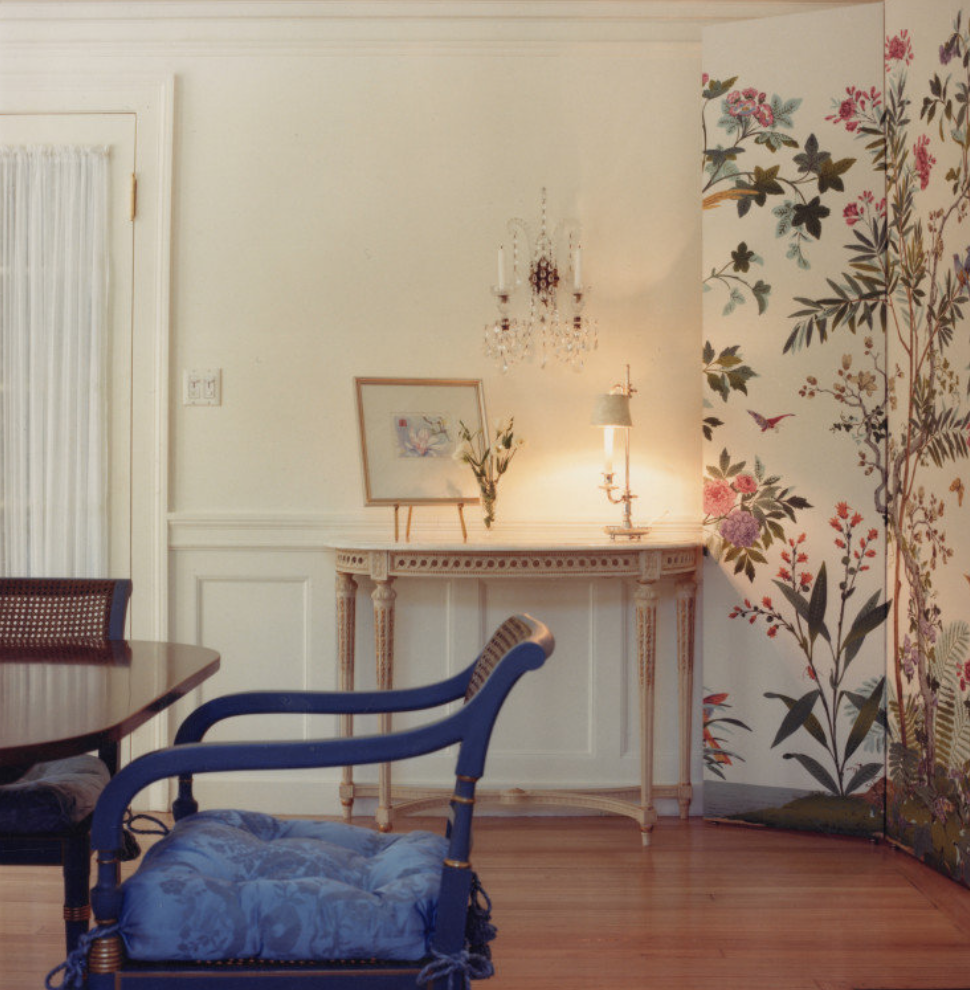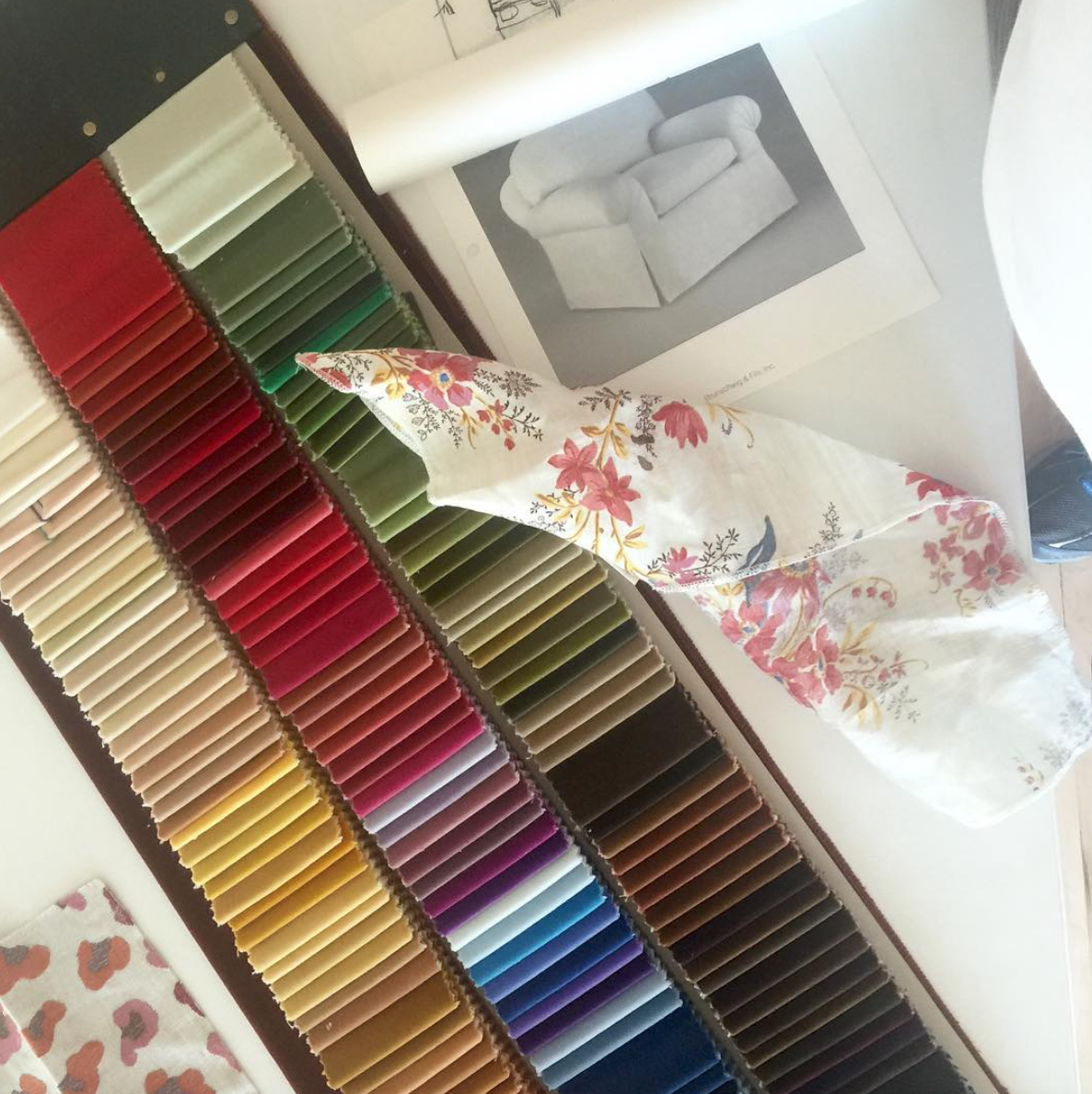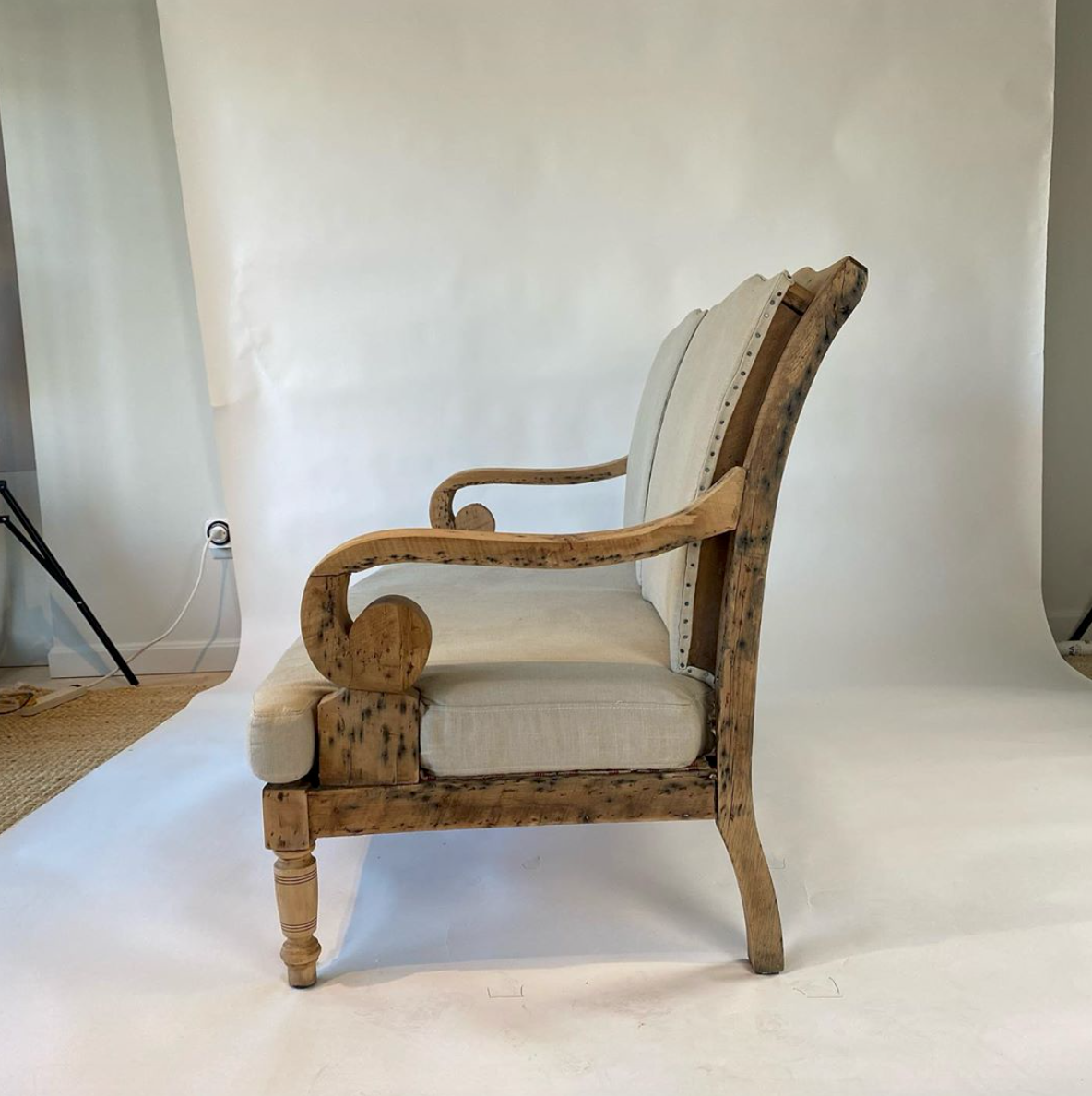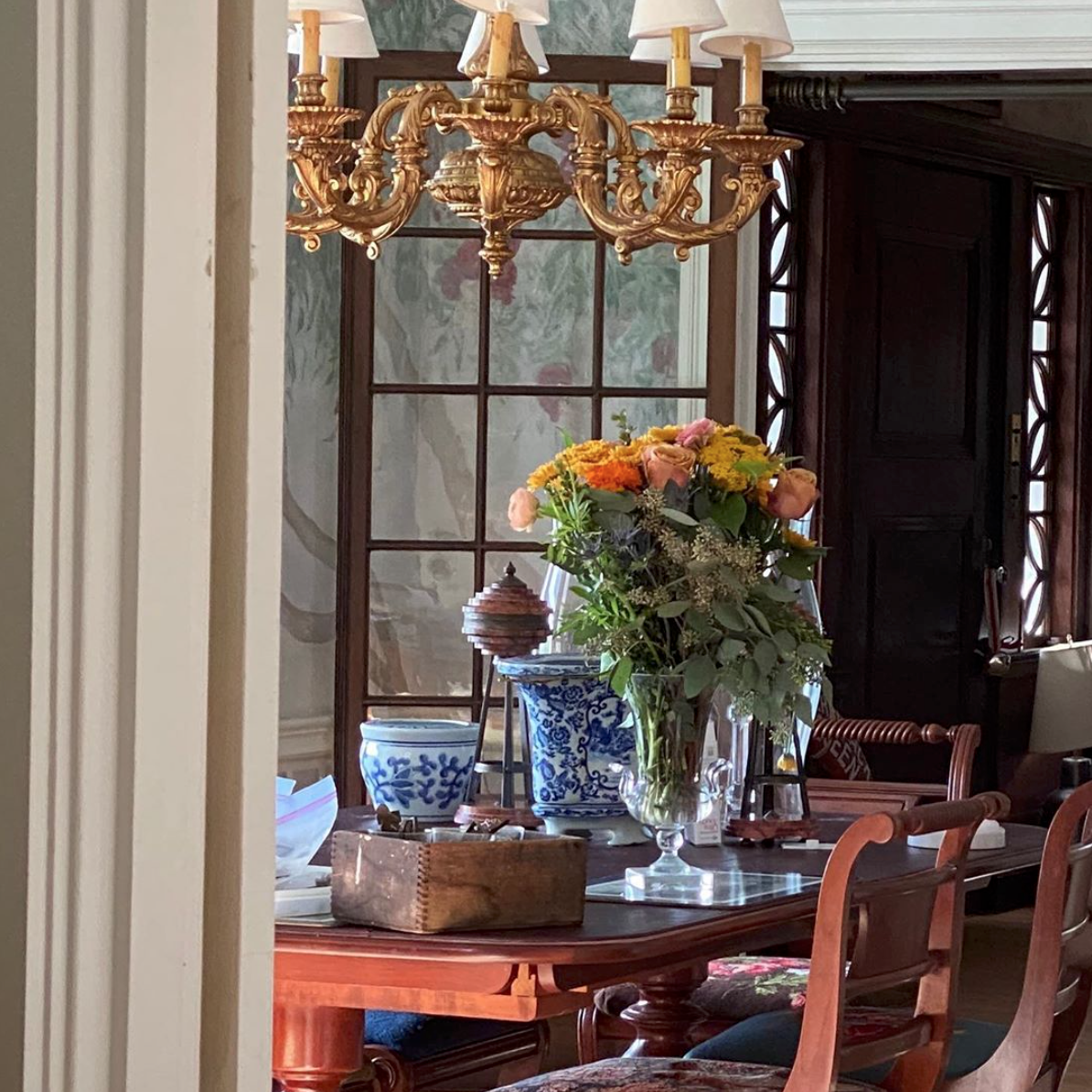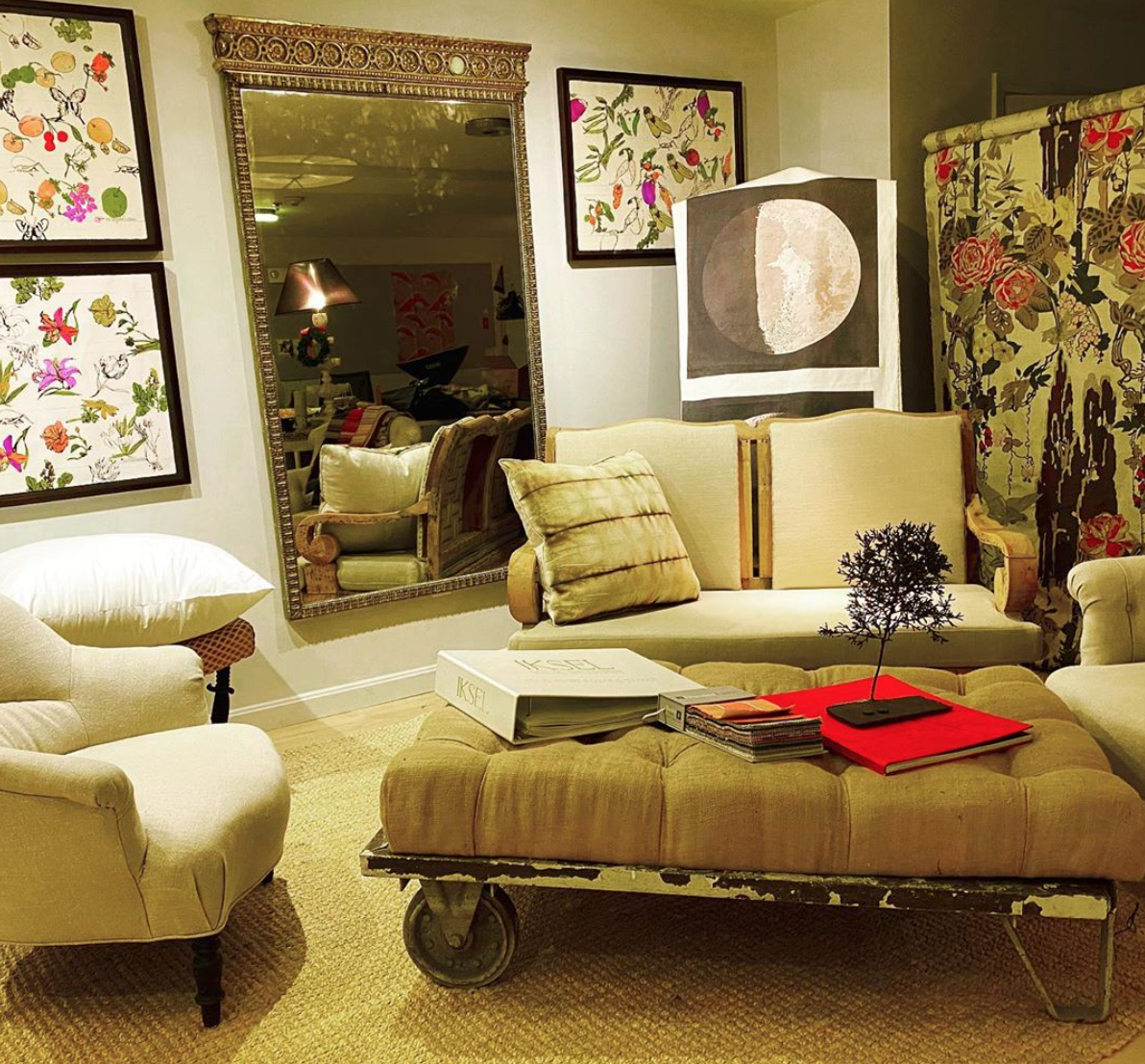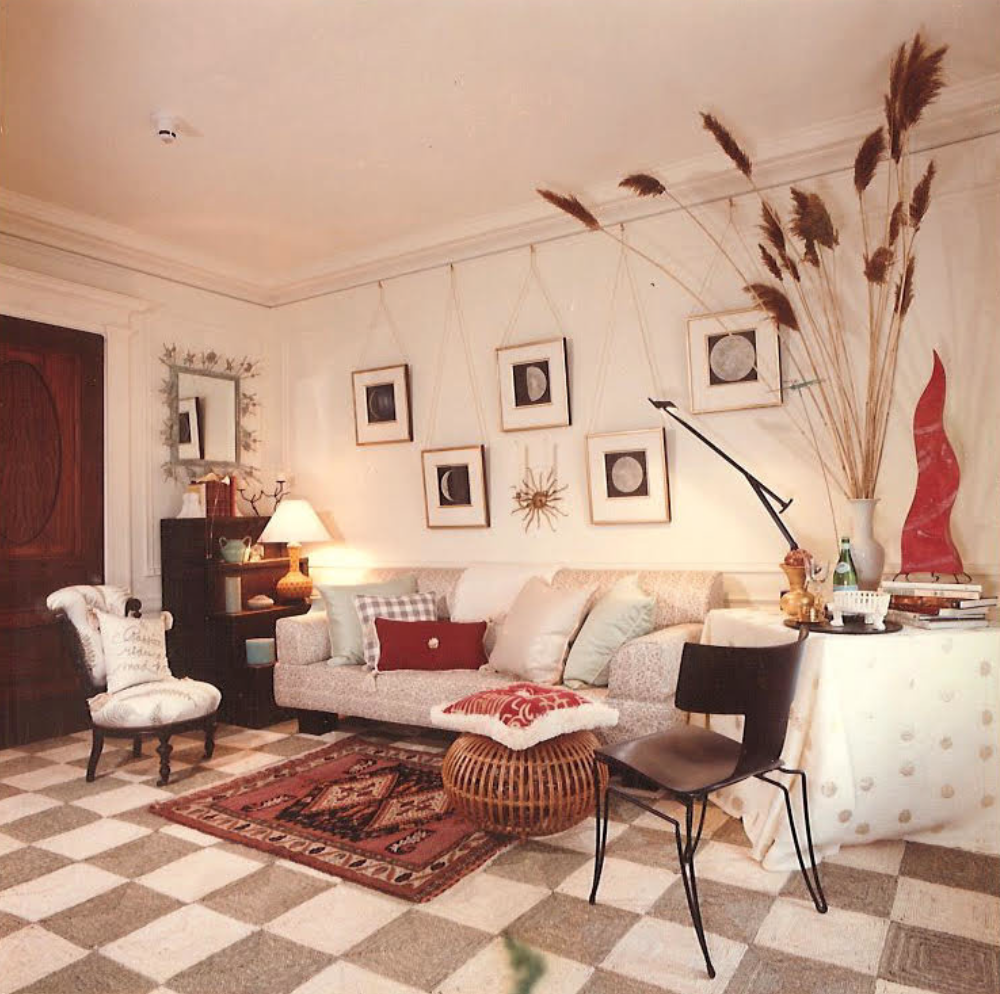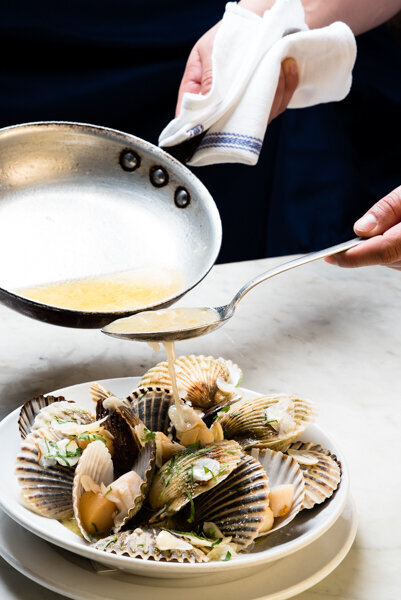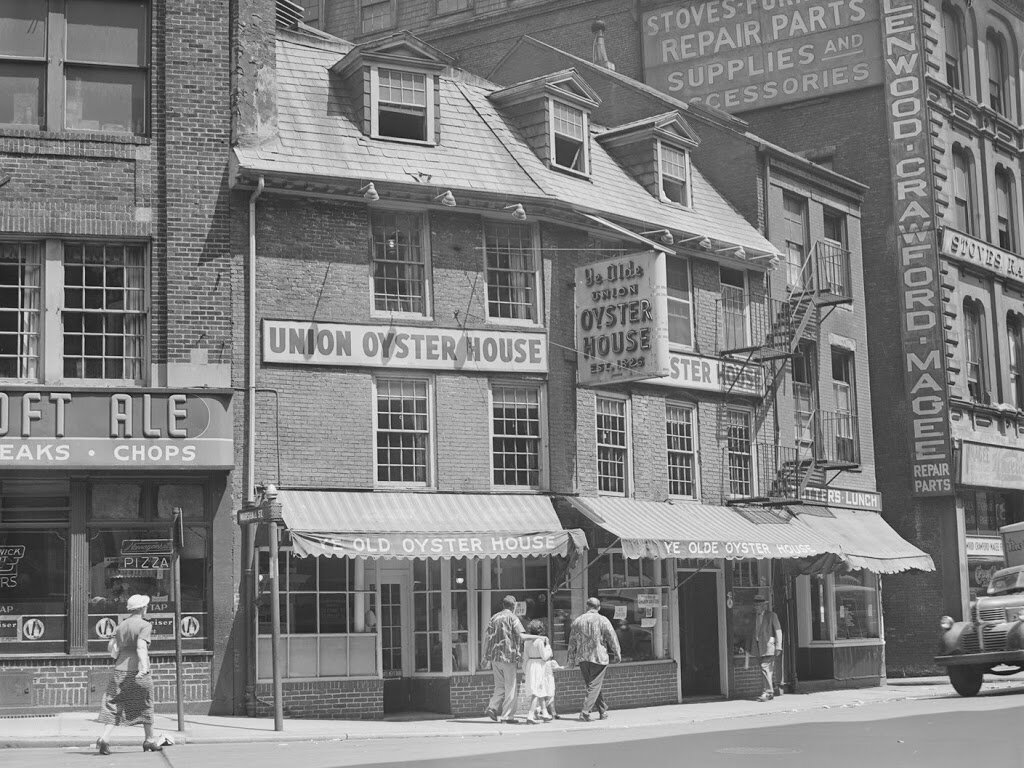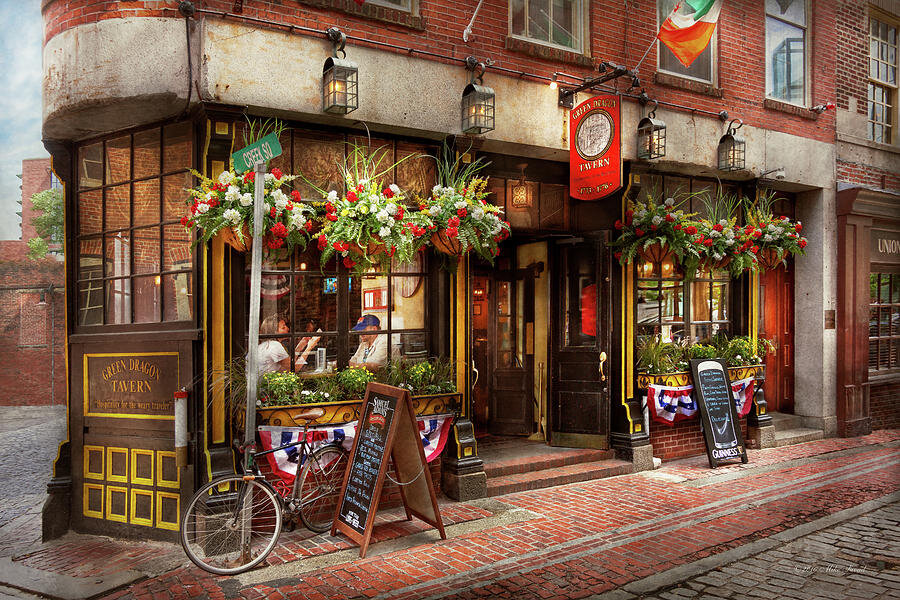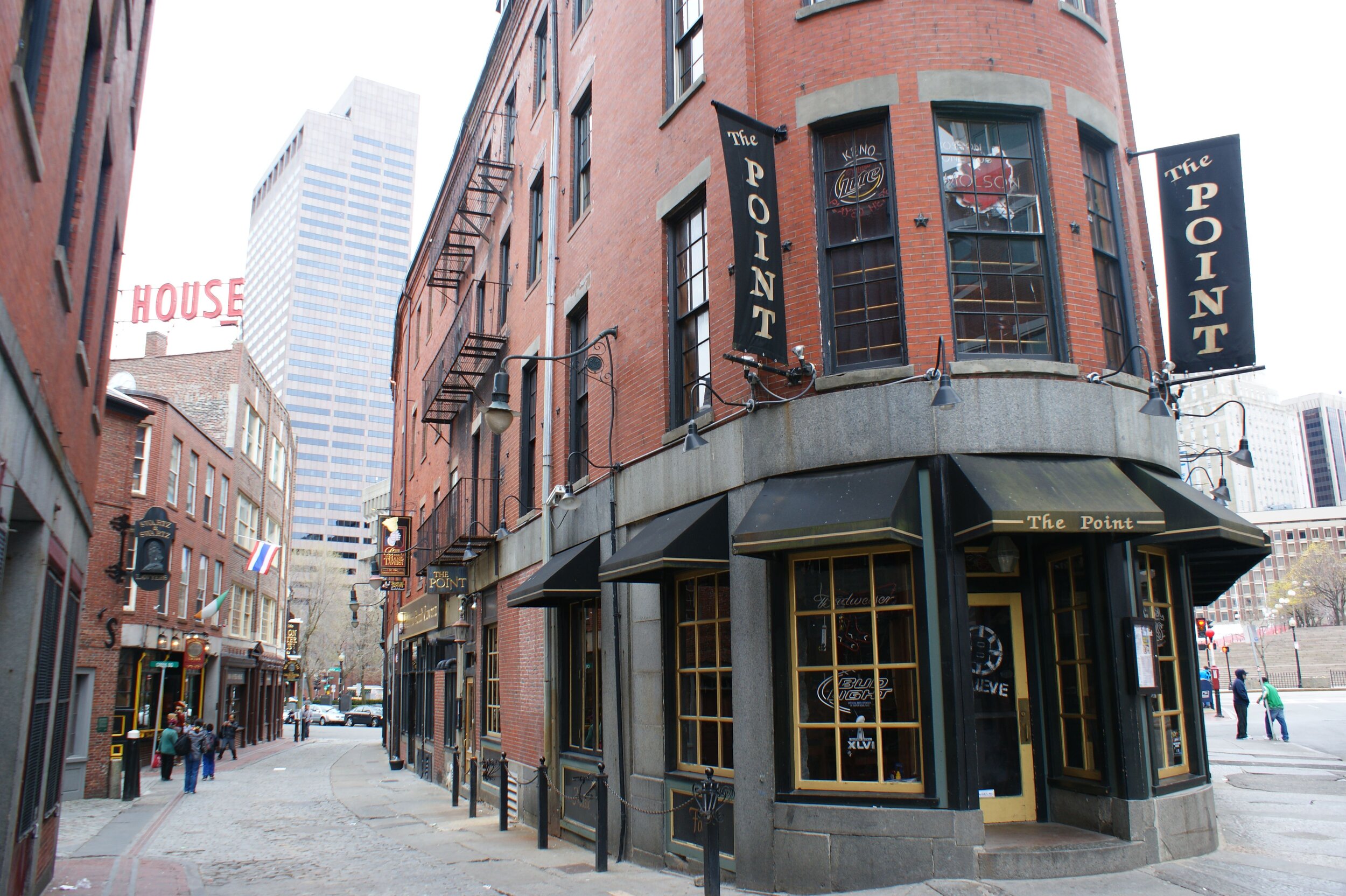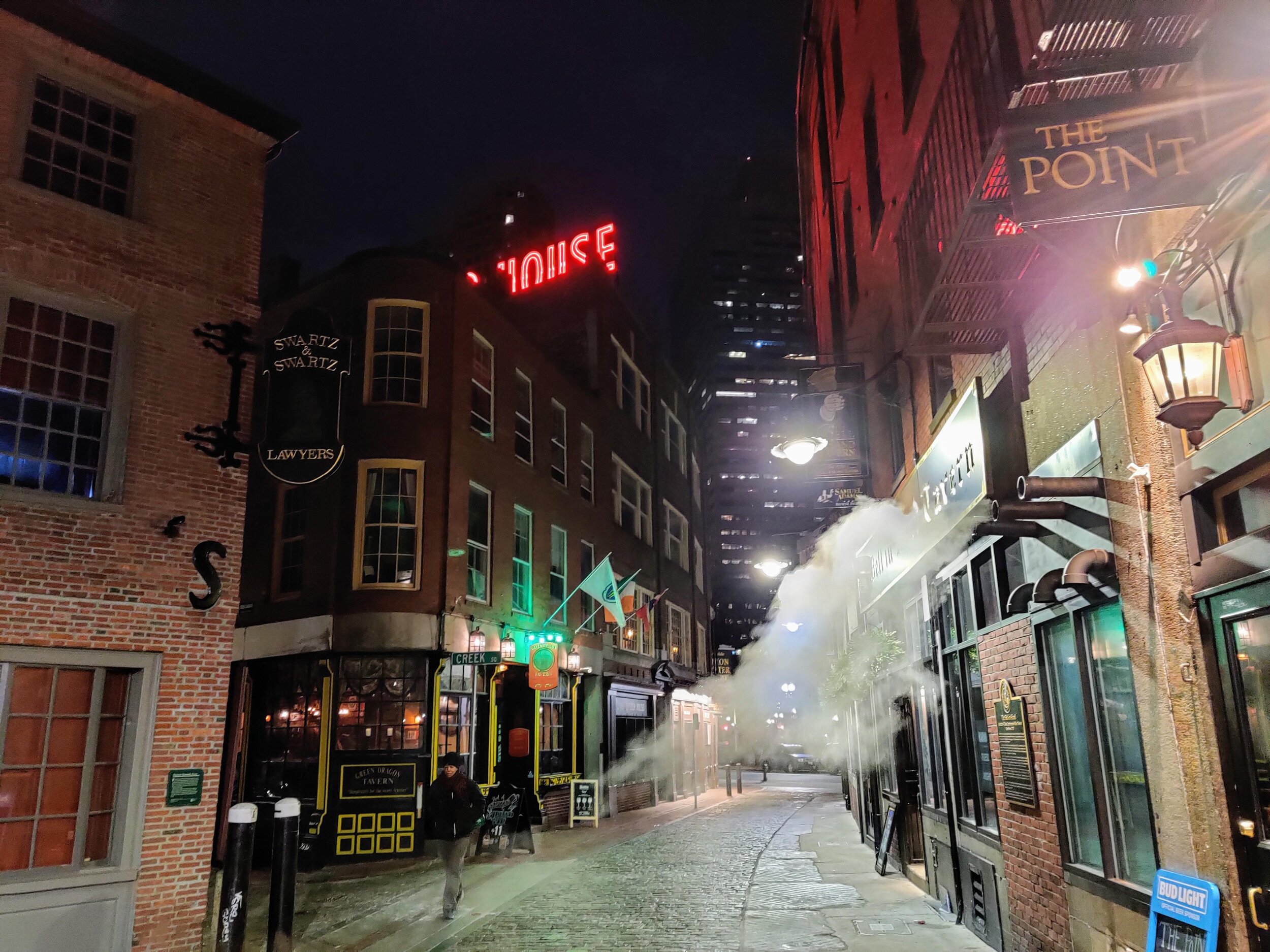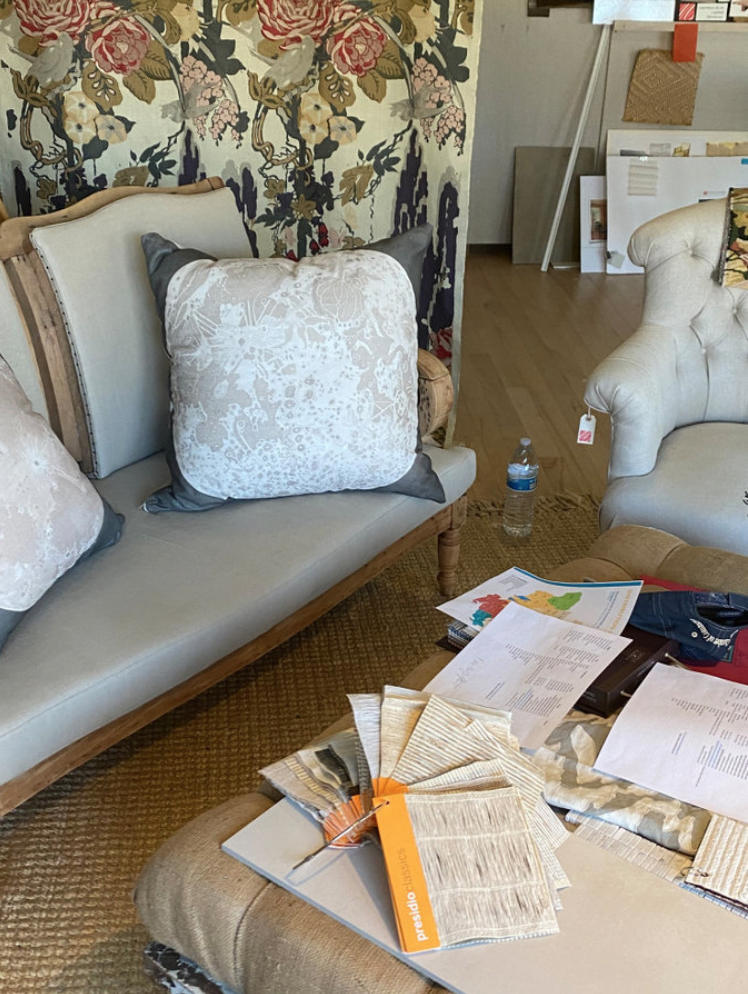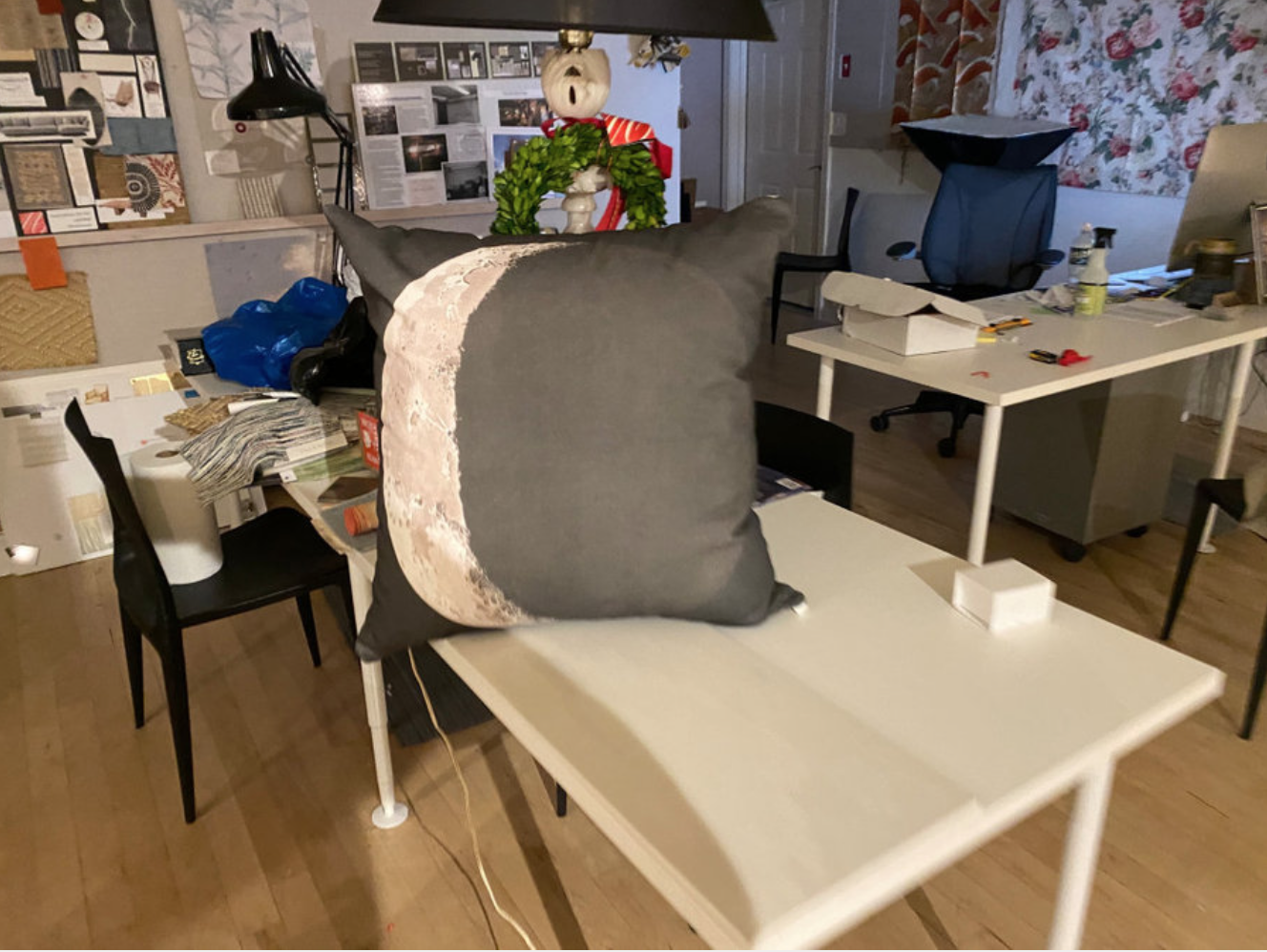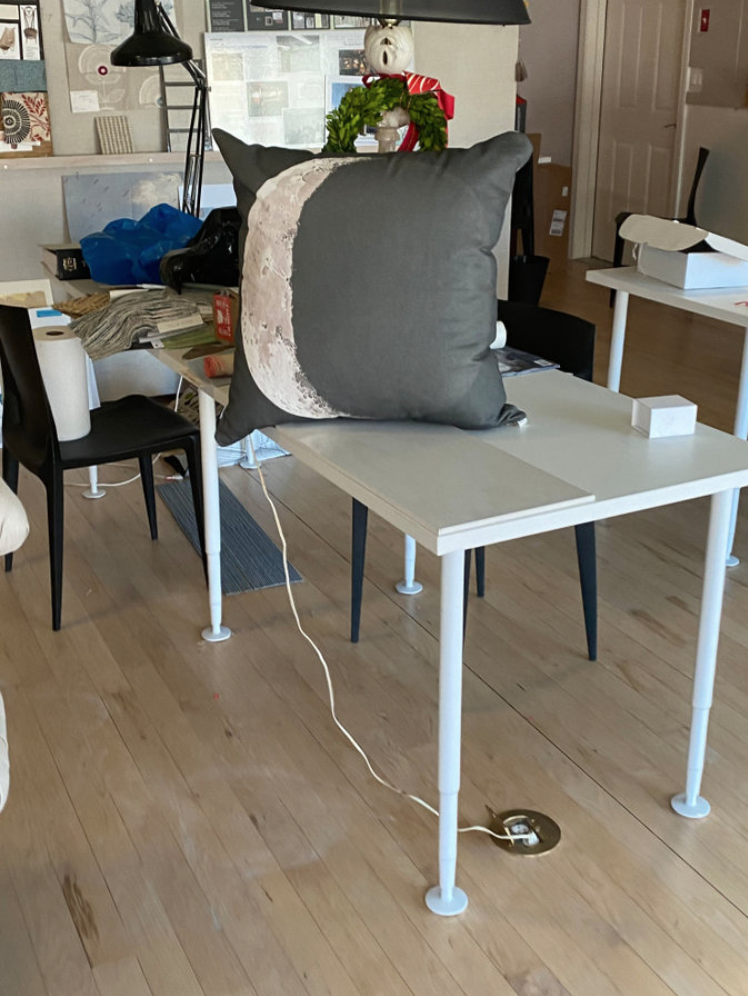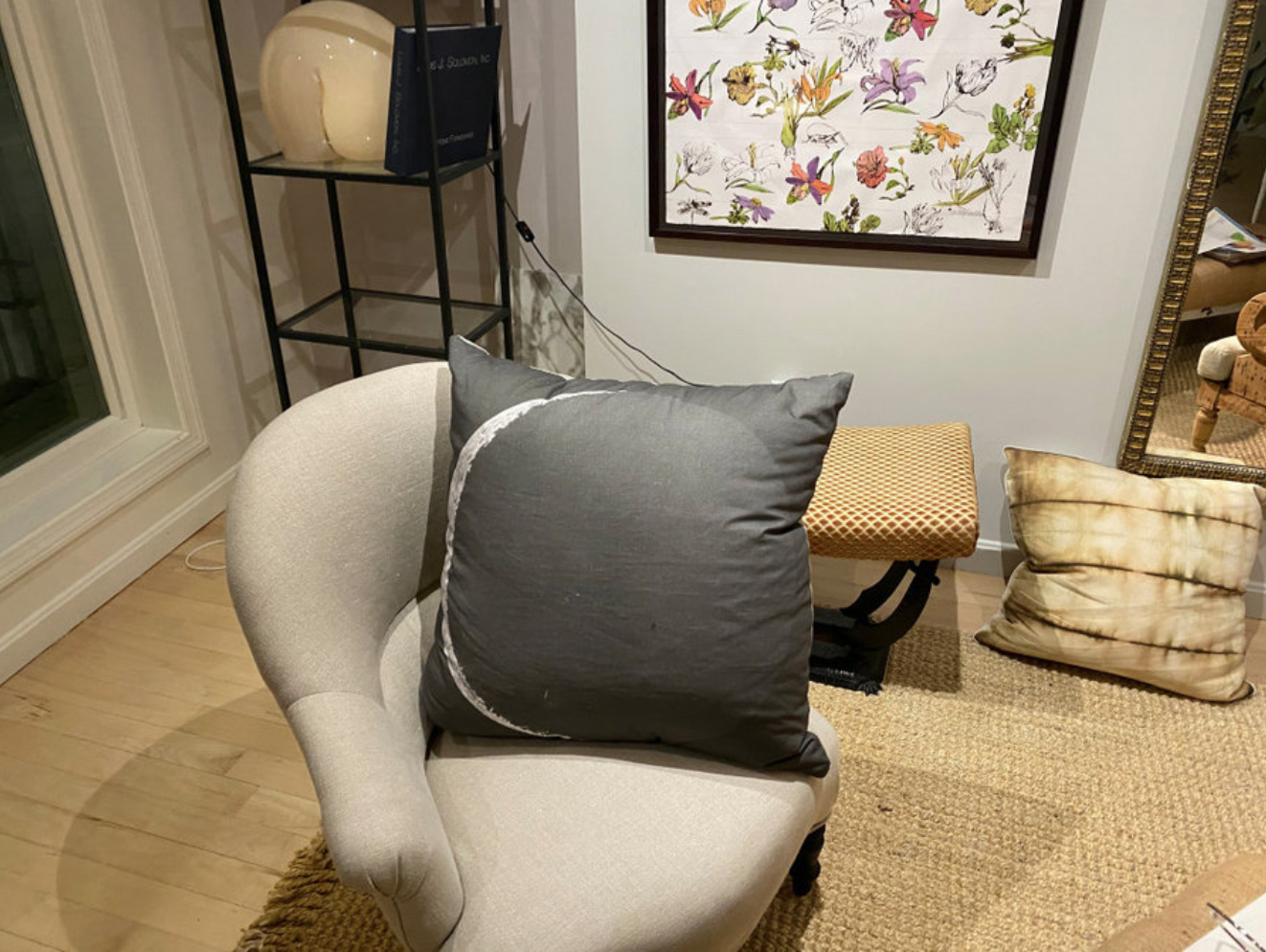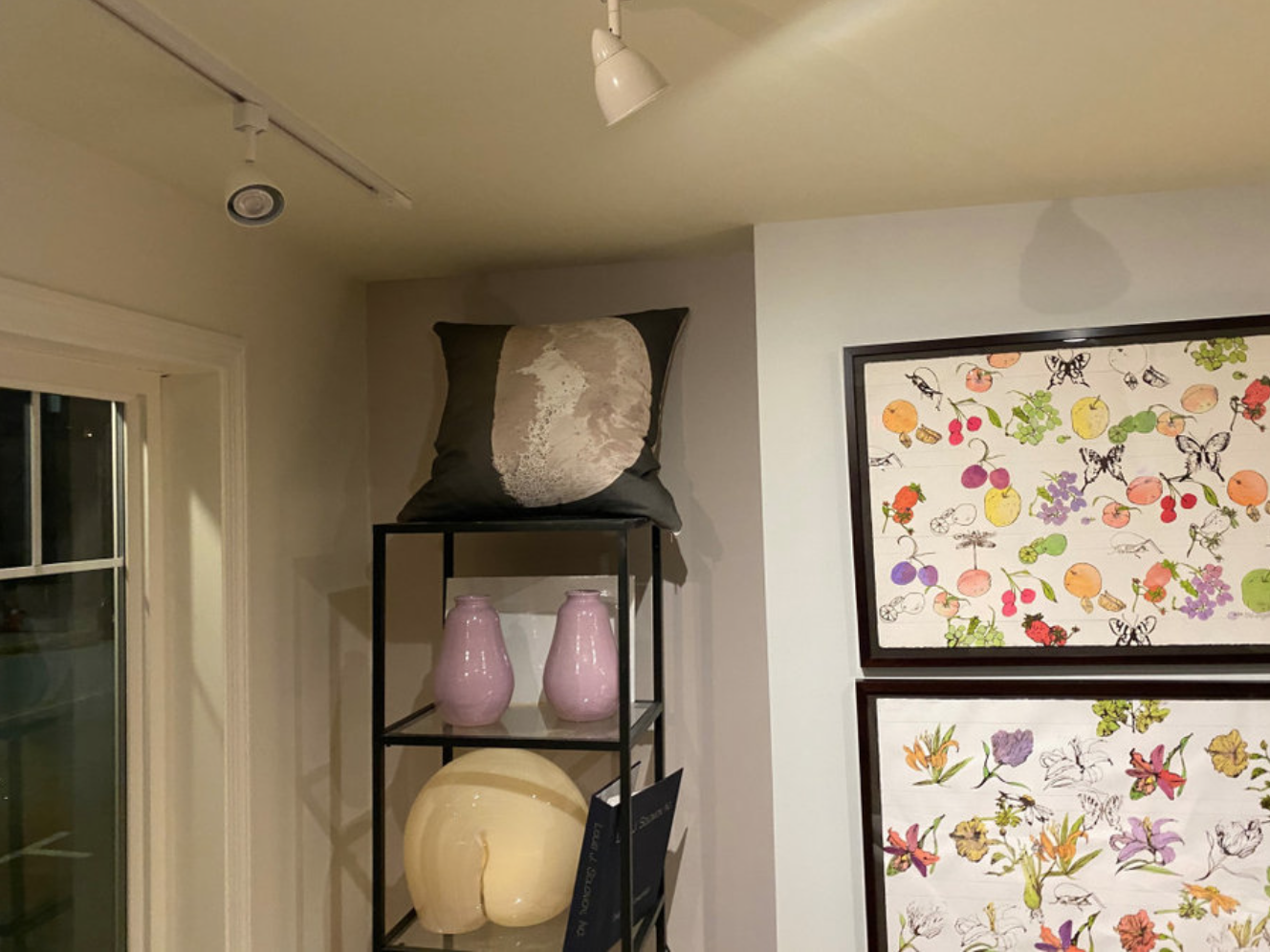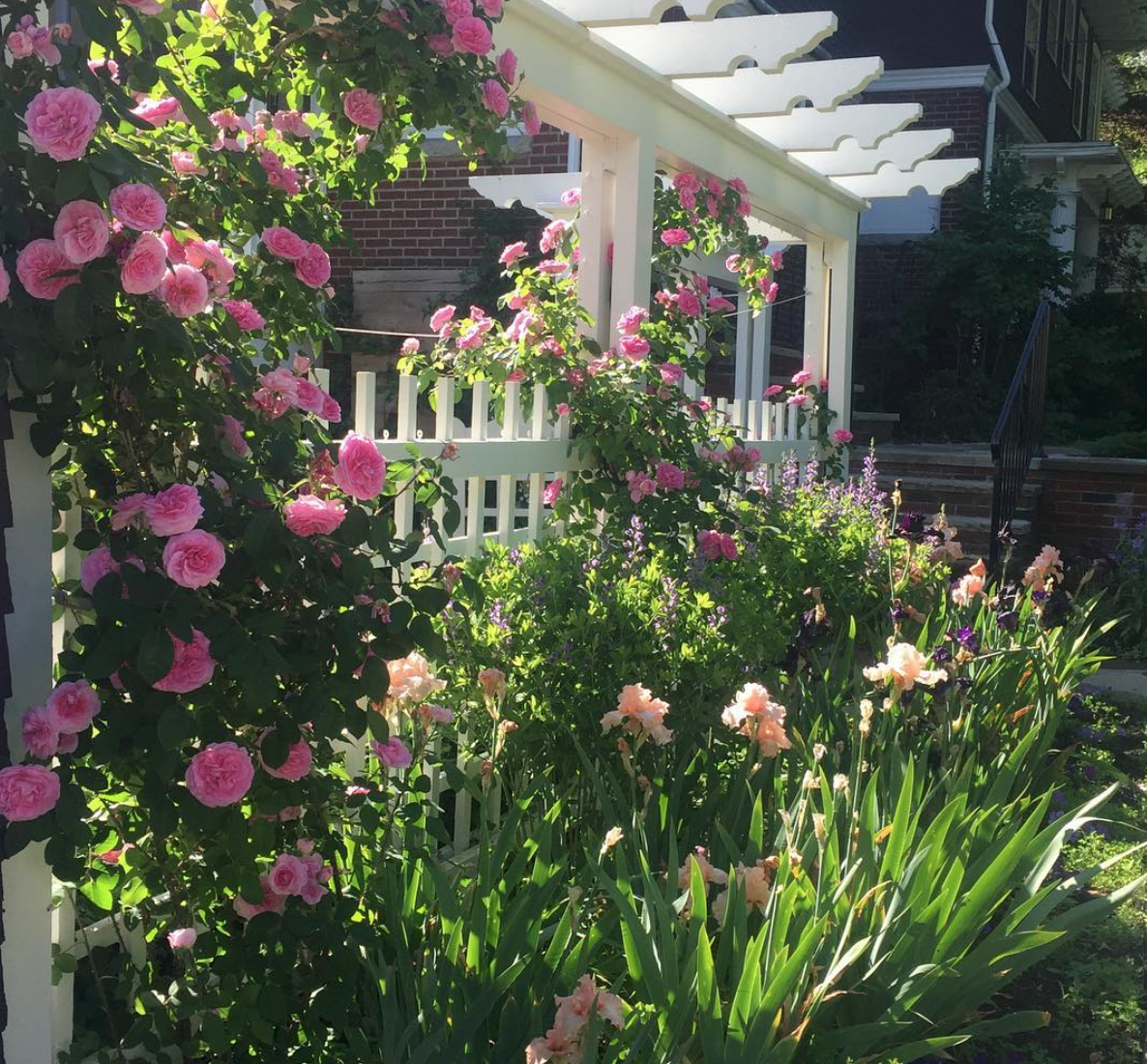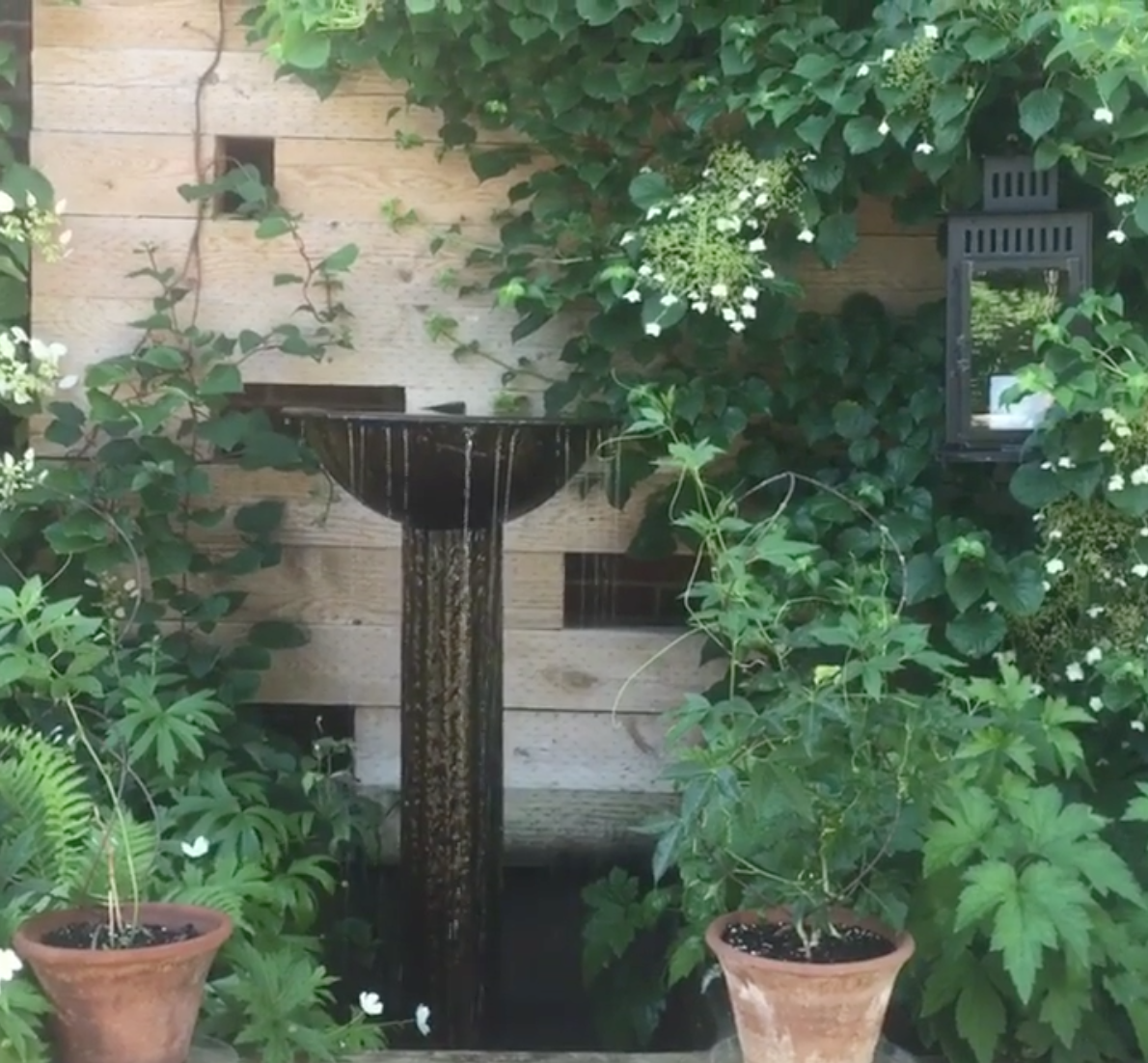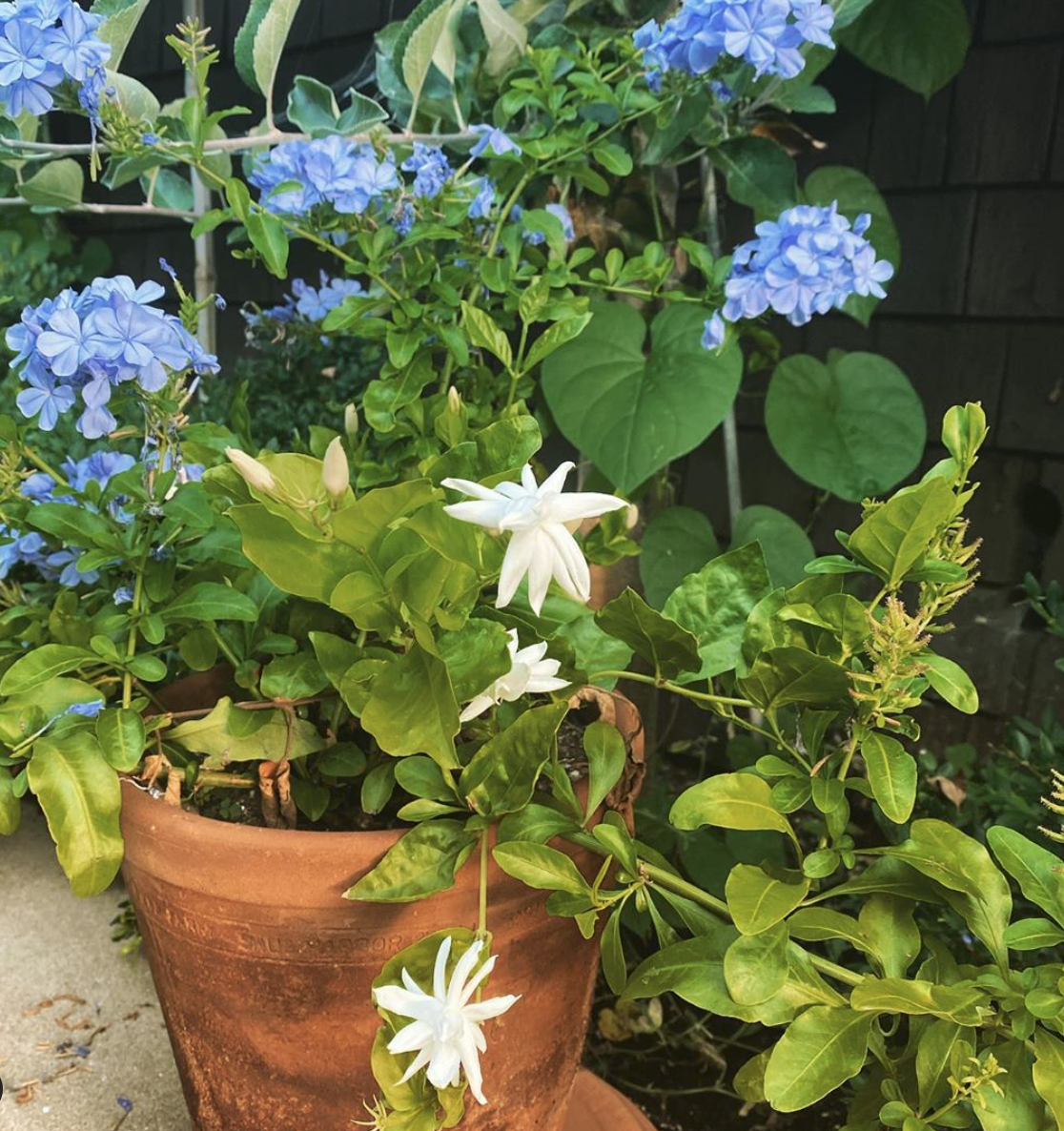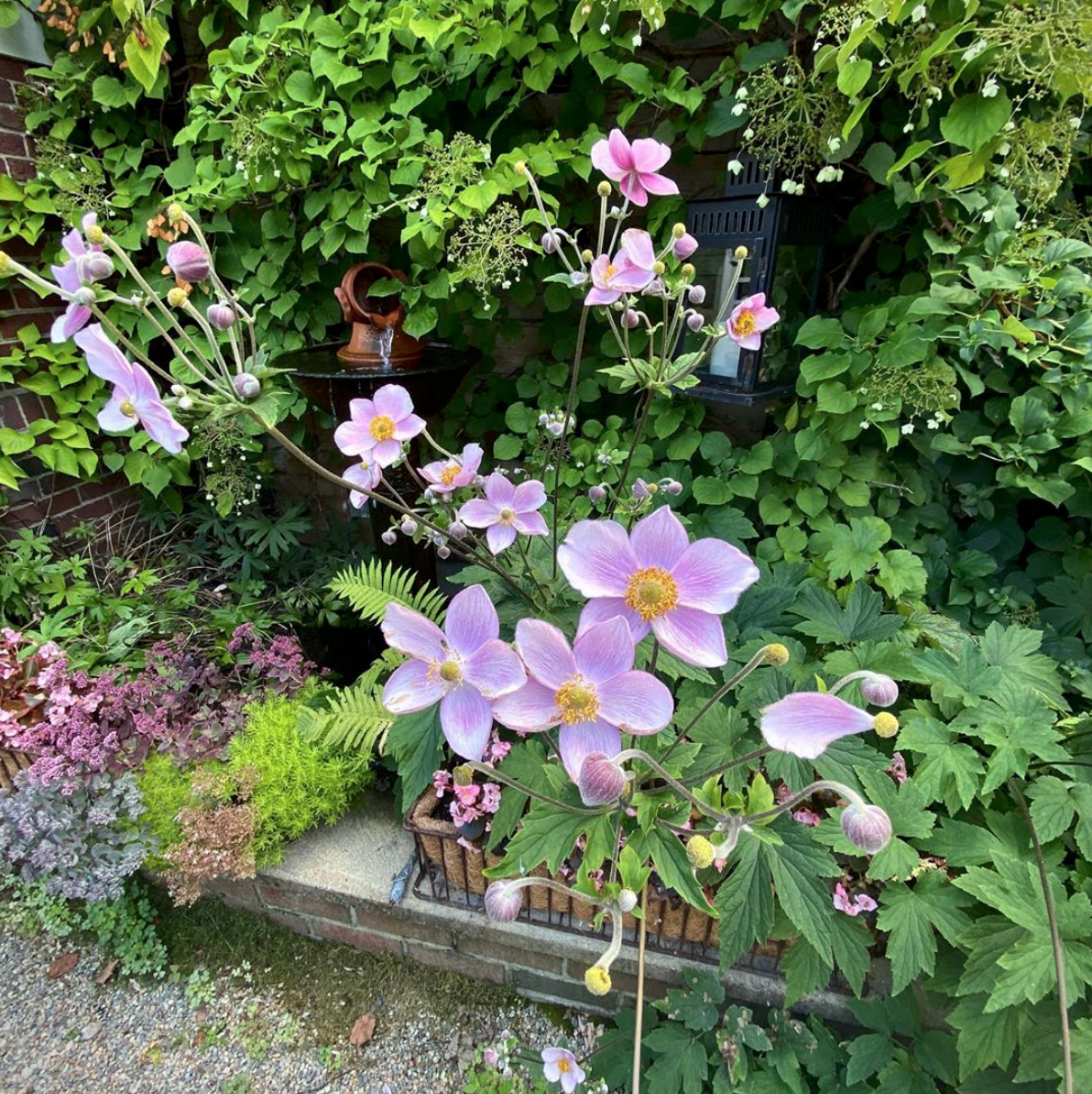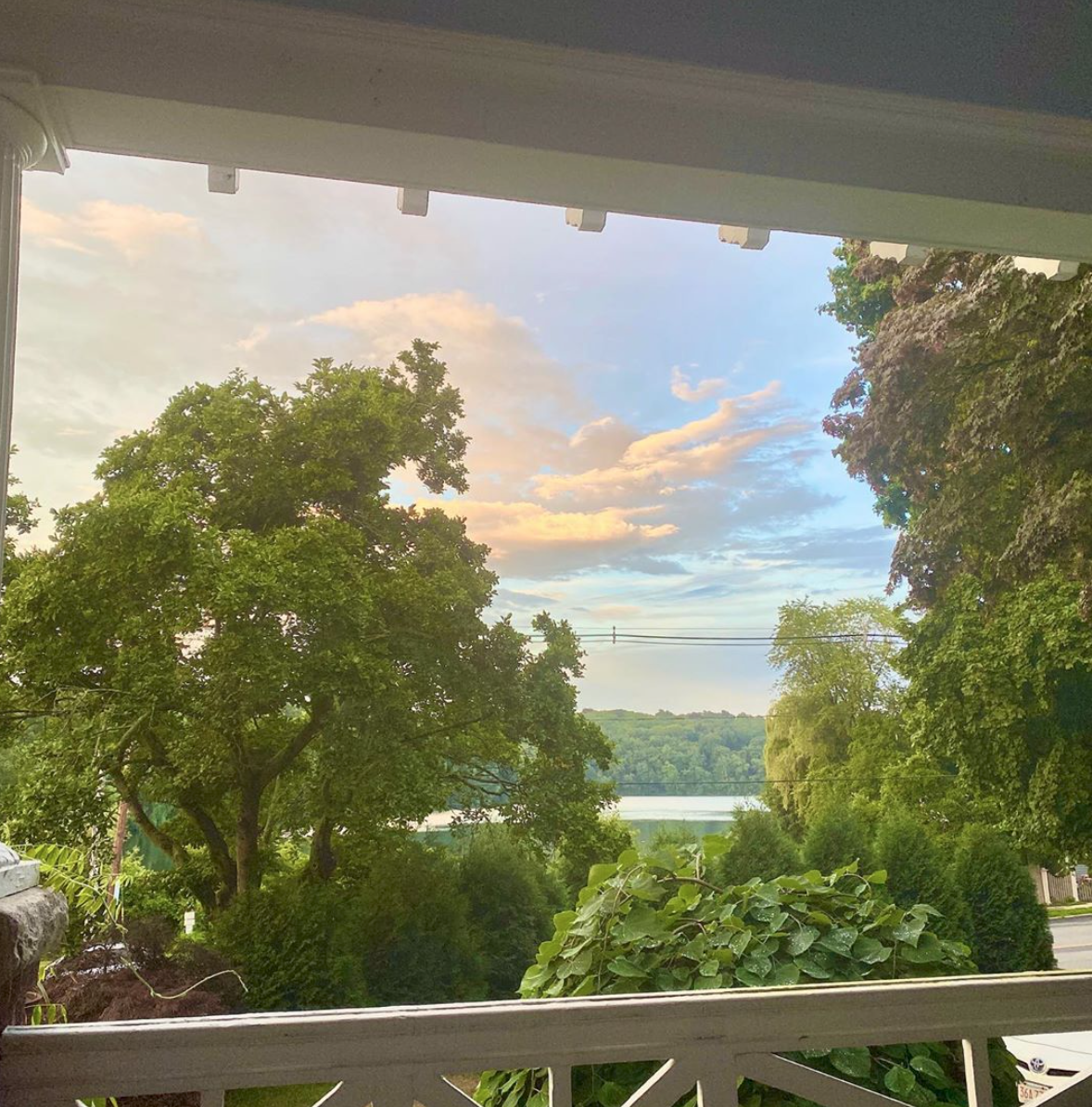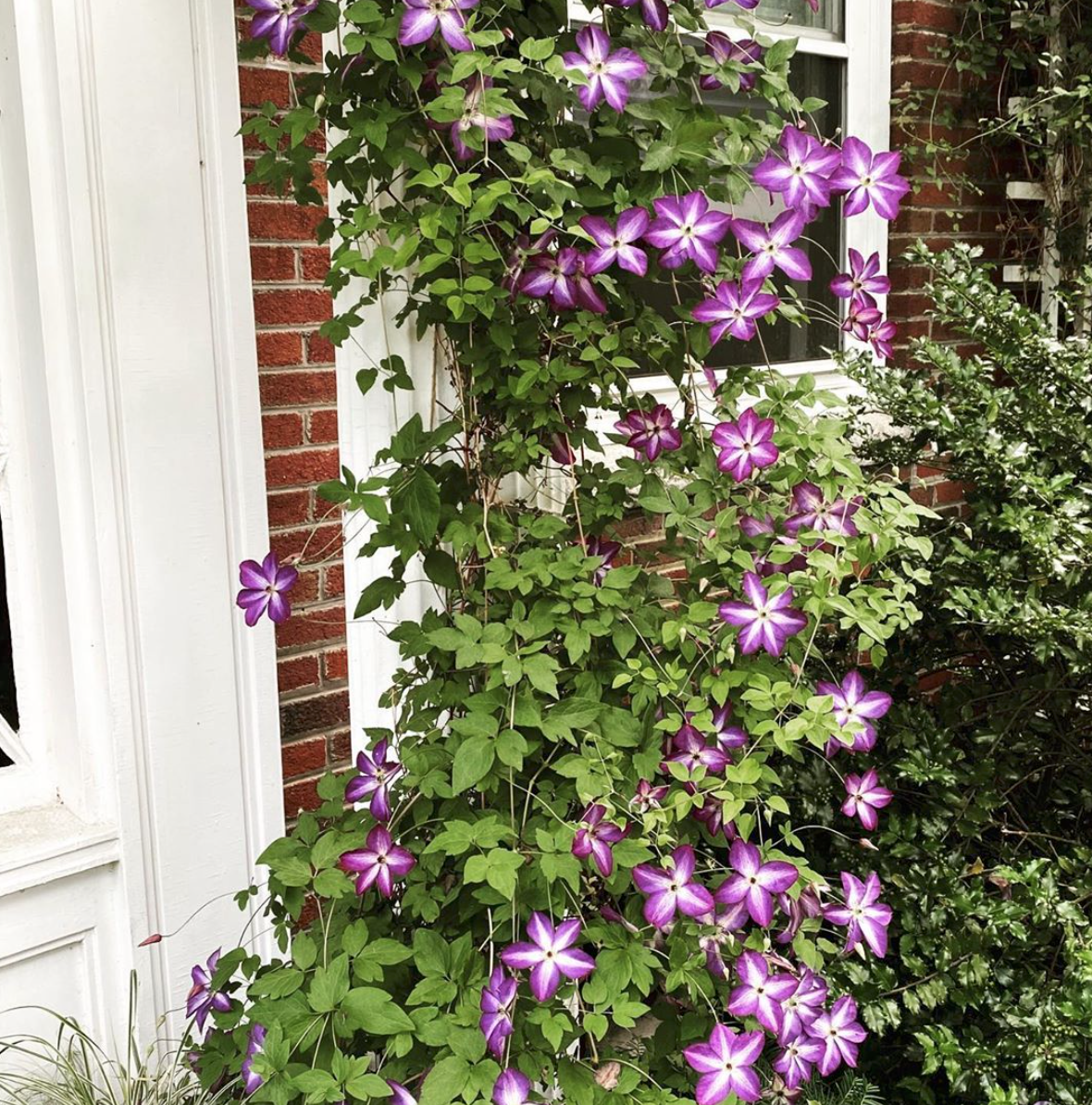Designer Spotlight: Micheal Valvo Designs
Designer Spotlight: Michael Valvo, Creative Director
Contact: Email | Instagram | Facebook
Showroom: Michael Valvo Designs, 25 S Main St, Ipswich MA
#interiordesign
#architecturaldesign
#gardendesign
We’re so pleased to have New England top designer, Michael Valvo, in our first designer spotlight. Known in the industry for his panache and design instinct, this Boston native has given new life restoring historic details to full glory.
Noted on his Instagram profile as “Orchestrator, do-er, big picture guy”, Michael Valvo is a character with an impeccable sense of style. He’s curated homes, historic venues, and pop-up exhibits for over three decades! From interior finishings to architectural design, Micheal Valvo works from the ground up and designs entire spaces making sure they’re 100% up to date and planned before clients make a move or contractors lift a finger.
Known for his ability to shepherd a concept from a kernel of an idea to its fullest execution, Michael Valvo will realign, re-do and re-imagine your environment thoughtfully with comfort and style. His ability to embrace any moment and disassociate from commercialism is truly one of a kind. To learn more about his services and home collection, please follow @michaelvalvodesigns and visit his Ipswich, Massachusetts showroom.
Do you remember THE FIRST TIME WORKING WITH ADAMO STONE DESIGN?
Michael Valvo: It was a while back. At that time I was still visiting mom in the North End, and had an office there. I had gone into Neptune Oyster on Salem Street a couple of times from a few recommendations. It's great. Enjoying dinner one evening I wondered from where they had salvaged such a remarkable antique oyster bar with all this beautiful marble. It felt it had been used for a hundred years. That's how I found Adamo Stone Design had done the work. I felt the artistry in the work. It wasn’t slap dash slabs. Stone is more than just installation, you know?
Gia Adams: Definitely. I remember when Jeff Nace was opening Neptune. My parents, who were designing the bar, took us as a family to all the original French oyster bars, like Balthazar in Manhattan. My sister and I took notes on the interiors while my parents drank cocktails at the bar.
Michael Valvo: It's a great story, and it's a real testament to how beautifully Adamo works. People don't appreciate that sort of thing the same way they did. Patrons are aware they are in something which is special, or recreates an idea, but many just take it for granted.
Stone is not just material you get from Home Depot. It needs respect and recognition. Stone is expensive. It is a finite source and one of the most hard wearing materials in the house. It should feel it and not be trivialized. It is timeless, elegant and significant.
I invite your readers to picture a classic black and white floor underfoot in a grand hall. It looks strong and has a presence. Imagine the same pattern in vinyl. That's where Adamo gets it and a lot of workshops don't. There are folks who know how to make stone things, but there are few who can make it into poetry.
How did you get into design?
Michael Valvo: It was interesting. I didn't know what I was as a kid. I was in a macho world and didn’t quite have a place, didn't know what I wanted. When you have a lot of things that you can do, acting in plays, painting, detailed projects, it’s kind of tricky to figure out where to go. I didn't know. My environment did not encourage much but work for the government or the church. There was a lot of confusion and I ended up at Bentley College studying accounting because my best friend was there. A disaster. Although I'm ok with numbers, I am not a numbers person.
I found myself working at the Holiday Inn at Government Center, near Mass General. Interesting people came through including Little Richard, Janet Leigh and Victor Borge. It was refreshing.
My boss was attending the graphics program from the school where I eventually graduated and later taught, the New England School of Art and Design. I started looking into it, and I found they had an interiors program as I wasn’t ready for architecture. My application was accepted without much of a portfolio and off I went. I appreciated it and strong architectural background through the school, and the Boston Architectural Center.
It was a wonderful education. The school eventually expanded to be part of Suffolk University, and it is a phenomenal program. I learned what most people don't think that designers learn, lighting design, HVAC systems, city planning, and urban design, landscape architecture. I learned a great deal and had a great foundation.
What were you like as a CHILD?
(Michael Valvo 1960 WGBH Miss Beverlee’s Make Believe Clubhouse)
Michael Valvo: “Artistic.” Clearly a euphemism. I loved theater, drawing, painting, art, science. It was not encouraged because it wasn’t seen as practical. It took me a while to find direction. I still am trying to find it sometimes, industry has changed so dramatically.
I learned scale drawing by making plans of our little North End home try to develop it. We had an architect at try to convince my dad and mom to to turn the first and second floors into a duplex. He gave us plans with an open room and a spiral stair. I was of gaga over it, but my parents never followed through.
Do you have early memories of living downtown and admiring New England style and architecture?
Michael Valvo: Absolutely. I was fascinated with the romance of old Boston. I don't know if you remember, but you could continue through to Hanover Street under the artery and you stepped through to the other side of the artery and the Haymarket was there. It was my gateway to another world. Sort of like Harry Potter and Diagon Alley.
All those old buildings! Kennedy’s Butter and Egg, the Bell in Hand Tavern and a little candy and trinket store in the alley behind the Union Oyster House are clear in my memory I loved the architecture and being transported in time. I was fascinated with early Boston. People remark how beautiful Boston is, living near the North Church ( which was not likely the church from which the famous lanterns were hung) and Copps Hill Burying ground and all these locations steeped in history was pretty matter of fact to me and part of me. I became enamored with Strawberry Banke, Newburyport, Park Street Church. I loved it. I still do.
Gia Adams: I bartended in that area throughout college. If it's late at night and dark, you can imagine the same drunken characters just 200 years earlier.
Michael Valvo: I totally get it. I'm trying to think of the name of that— it was this little store at one time. And they sold all cutie New Englandy stuff, and penny candy. A tourist trap. I would buy Christmas presents there. Loved it.
DID THAT “OLD BOSTON” time period or OTHER historical design styles influence your work?
Michael Valvo: That's a tricky one. I've been influenced by a lot of different designers and periods. I was once completely enamored with the early 20th century. I was mid century modern before it was cool. For me, it was all about Walter Gropius and the Bauhaus. Gropius was head of the Bauhaus and later president of the Harvard Design School. There was a huge group of Germans arriving in pre war America who had an enormous influence on design. Many of there of their designs can be seen on Cambridge’s Memorial Drive. The Gropius House in Lincoln is preserved by Historic New England.
It was all about austerity for me. Pure lines. Black and white. Loved it, loved it, loved it. Saw myself as a minimalist. I slowly moved away from that and I became more eclectic, because I believe that design is about the time that you're in. It's interesting and okay to reflect. One should understand the past before forging ahead. I think Picasso said something like that. You have to understand how to draw the human body before you abstract it. It is a good point. It's important to understand the classics before you can make it all your own.
Gia Adams: And that hits home on the difference between hiring a design professional and doing it myself.
Michael Valvo: Tricky nowadays. For a long time, a lot of my clients were Cambridge, Harvard and MIT associated people, who got the fact that I got it and were appreciative. Although they weren't doing strict period reproductions or designs, they knew I understood we were all looking at. I found myself in these antique homes where the architecture needs respect. The internet has made everyone more educated, sometimes to their detriment. Everyone is a Doctor, Scientist, Designer etc. A good designer can bring you to a better place beyond your own preconceptions. The best clients suspend preconceptions and and become patrons rather than consumers.
It must be QUITE the TASK to design a meaningful space for a new client. how do you create a connection between someone you’ve just met and their home?
Michael Valvo: You have to remember something really important. I'm only as good, and most designers are only as good as the client allows them to be. If a client says, no, no, no, no, no to a lot of things, that keeps restricting what the designer can do. And I think it's real important for a client, be as open as possible, especially if it's somebody really good.
You've said design for your work is all encompassing. What are some of the things that people misconceive about you as a designer or great designers in general?
Michael Valvo: I think the thing that people misconceive about me is and others is that we are about picking the right color and hang the pictures, and getting everything to match and to be pretty. And that's absolutely the furthest thing from my mind. I mean, I have a strong architectural background. I understand how a room should follow. A room should follow the interior to the exterior.
When I'm working with somebody who's really good, a good architect who appreciates what I do and vice versa, it only makes things better for everybody, for the client, for the architect, for me. It's about making life nice to live in the environment. We need to shelter ourself from so much nowadays. Goodness knows, the environment itself is collapsing. We have so many other things happening. And we need to have a space that we love.
Gia Adams: Creating a getaway.
Michael Valvo: Yes. It's true. It's absolutely true.
So tell us about your design aesthetic. Does it change?
Michael Valvo: My personal aesthetic is sort of different than my artistic aesthetic. It might be a little hard to explain, but I think what's important is to understand that design is of its time and space. We all change who we are. Our lives change. I mentioned I was completely enamored by the early 20th century, the German movement that came from Europe before the war, and that strict design as a machine kind of situation, where everything needed to be in order and perfect, it was all about efficiency along with the aesthetic.
But as my life changed, so did my vision. I started to incorporate other things I was learning in my life. And I think that that's what happens to people, another person who sort of became influential who's deceased now, who was a great designer, Renzo Mongiardino, I started looking at that and started seeing the value in looking back in terms of design, and making something new and modern and classic, even though most people would look at it and say, “This is about as modern as a Greek Temple”, which is as CLASSIC as anything and goes with everything. One can be modern and classic at the same time. Eschewing everything from the past is not always for me.
One of the really great examples was a mid century designer, London designer, Nancy Lancaster, and John Fowler. They created a look for the post Victorian elite in the UK that we now see as sort of stuffy old British, when in reality, they were creating a look that brightened up a 19th century old British feeling. They were the ones who brought in the chintzes and the bright colors again. And they created the English Country look, which was very popular during the '80s. And they had been doing it since the '30s and '40s. So it's a style. It is as mid century as the Eames chair.
There are people who did that in America as well, women mostly. And it's important to understand that design, whatever it is, whether it's industrial design, whether it's architecture, whether it's interior design, is about the time and place that one is in at that moment. And it needs to evolve.
Gia Adams: Definitely. And you can have more than one style.
Michael Valvo: Absolutely. Especially now. Somebody recently asked me why I wasn't doing everything at a certain period. I said, "Oh, why bother?" That's doesn't make sense to me. It's just doesn't make sense.
How has the approach changed?
Michael Valvo: I think that there was a point where somebody would follow up with a fabric, a floral or a geometric, or what have you, and feel that they would have to take the colors in that fabric and just spread them out all through their work, but they would be very literal about that. I don't think it's a good approach. I think it's important to understand that a room or a home is like a painting. You don't always need lavender here or green there. It's about using color in light so that it's spread around. I see lots of designers out there who are matching a color to the center of a daisy or something in a piece of fabric. It's just not the way to do it. I thought it might've been at one point. But it's just not the way to approach design anymore. Especially nowadays, things that are so eclectic, and you really can do so many things. It's important to buy some nice stops.
Gia Adams: Buy once cry once.
Michael Valvo: Buy once cry once, yeah, I love it. A lot of the stuff that comes out online, it looks great. Once you sit in it a couple of dozen times ... You got to really be careful with these sofas for $1500, $2000. It's not stuff that you're going to be able to use. You're going to have to throw that away in time or get rid of it. I see, it happens a lot. And that really bugs me.
I've invested in pieces and regretted not looking into the quality first. aside from your tip to invest in quality, you're a believer that great design can be found anywhere. A furniture piece doesn't necessarily need to break the bank to take on a presence in a home. Speak to us about great design. What moves you in a room?
Michael Valvo: Billy Baldwin, who was another great decorator of the 20th century, one of the guys, okay. I read in one of his books that one of the most beautiful spaces that he had ever been in was a house that was sort of melted into the dunes in Nantucket. And he walked in there with somebody else. They were visiting. There was a hand rung bell outside, like a doorbell. And he walked into this house and he said it was one of the most beautiful things that he'd ever seen. There were only three fabrics used in the entire house. And most of it was hand me downs. It was all in browns and grays and creams, and it melted into the sand, into the dunes. And he said it was beautiful. And you know, that affected me, and that wasn't particularly expensive.
And I think there's glorious stuff at Ikea, and fantastic antique deals in Paris. So there's always good design somewhere. It's just knowing how to use it. It's like getting dressed in the morning. If you put it on a great belt and carry a glorious bag, your Gap shorts look a lot better. There's so many cool things. And some of the best stuff I've found, I'll be the first to admit it, I've found in junk stores, some of the best stuff I have.
Gia Adams: Or how about Boston Move-out Day?
Michael Valvo: Yes! I used to see a very famous person in Cambridge with her husband looking in the trash in Cambridge on trash day. And I learned from that, believe me. I learned from that. She used to tell me the alley behind Beacon Street, I forget what that was, always would go there on trash day.
Gia Adams: Shameless. Well one woman's trash is another man's treasure.
Michael Valvo: Absolutely.
Gia Adams: Whereas my dad says, for Stone Design, one man's stain is another man's patina.
Michael Valvo: That's very good. One man's stain is another man's patina. You're paying for that stain. Very often, people would say, "Oh, that's all old." I said, "Well, yeah. It took 200 years to get there. And it's your opportunity to give it a new life and make it look interesting, and then keep it going.”
How can I give vintage new life?
Michael Valvo: Freshen up a room with a mixture of great things that are new, contemporary, and that are old. And I have seen that a lot more in the magazines nowadays, some British magazine, World of Interiors. It's seeing a cool instance, brand new and modern and completely functional, that adds a voice to a room, to you, to a space, where people come in and say, "Oh wow, this is really fun." You don't want them to come in brand new, sticking right out of a catalog.
I mean, granted, there is a space for that. I mean, recently, I think in Architectural Digest, some big pop singer, with a phenomenal architect and designer, created this house, brand new. Everything is brand new, of the moment, modern. And it was wonderful, and there's a time and space for that, but not a lot of people can do that. That's costly. So promote your local antique dealer. I go to SoWa vintage, downtown, I love. In Ipswich, where my office is, there's a whole bunch of places, antiques is up there, and my friend Ann has got a fabulous place. And it's fun. It's interesting. And it tells who you are, and what you like, and what you think is interesting. I mean, isn't that what it's all about? It's all about all of our personality.
On the subject of adding personality, what's one word of advice that you would give to our listeners who are maybe renovating a space?
Michael Valvo: Absolutely stay away from trends. It's okay to do small amounts of it. Things that are less permanent, like paint, or pillows, or plants, or anything like that. Think that design is mostly about merchandising at this point. We all see it on TV. Plenty of people who have adopted a style, shown it into the world, and it becomes farmhouse modern, for instance.
Gia Adams: Exactly. At Adamo, the teams always point out if a client selection is just a trend, because it can definitely look dated within a few years.
Michael Valvo: Exactly. People make that mistake a lot. And I'm looking, especially in kitchens. The kitchens, they're so fun and so pretty, but you know what? The kitchen that I put in, in the '80s, for Mrs. or Mr. X, does not look the same as it did now, because they didn't listen often. Big, important spaces like kitchen and baths, keep it beautiful, keep it classic, keep it strong. But allow a little bit of interpretation, for a change of color, for a change of accessories, things like that.
Gia Adams: It seems like there's a fine line between keeping your artistry and maybe selling out to get a job, as you call it, merchandising.
Michael Valvo: Exactly. One of the first designers I ever worked with says, "Once people see you as a merchant, you're done." And it's not good to do that, especially when you're working as an artist, which essentially this is who we are, and kind of drives me crazy a little bit. It really does.
And I lost a job because somebody had found me through House, and I went to interview and big new house, about 15 years old. It was a great house. It was a really interesting opportunity. And the guy said to me, "My wife wants to know if you can do modern farmhouse." I mean, have you seen what I can do? I mean, I can do a tremendous amount of things. But because they didn't see something specifically modern farmhouse in my repertoire, it didn't register with them. It just sort of went over their head. They found somebody who could repeat something that they'd seen on TV.
And I instinctively go into a room. I can read people, and I can immediately come up with something interesting that reflects who they are. And I think people are so bombarded by things that they see on TV, and by their friends, that they can't jump out of the fact that anybody showed them a sofa or a chair that just doesn't fit what they thought should be there.
Gia Adams: I'm guilty. I've fallen for the look of something on social or TV. Within six months, I'm over it. And I realize the quality isn't great. But I keep it, because I spent a lot of money on it. So I guess in retrospect, I probably should have gone with a professional who could have sourced an item that would have grown with me and been timeless enough, it could adapt in any environment.
staying on the subject of hiring professionals and supporting the industry, do you see a value in building a network or a community of local artisans, designers and builders?
Michael Valvo: Absolutely 100% critical. There are so many artists and designers out there that do such fantastic work. It's part of what can help get the economy going. We have upholsterers. We have drapery people. We have artists that do paintings, stone, as in your case. Landscape, people who do all this beautiful work outside. Finish painters, people who do all kinds of interesting crafts, they're around here. They need work. And I would love to help start an atelier where I can operate with a bunch of other people.
There are a lot of dealers in Boston who are appealing to your generation. They're selling vintage. Even my friends Stephanie and John of SOWA. These people have phenomenal eyes, coming up with this great stuff, to the average Joe, in a lot of ways. And the other one is in Ipswich, right down the street from me, AnnTiques Antiques. She has a great big showroom that is beautiful. I have just a small little place. I do try to come up with things that will interest people.
The showroom of Michael Valvo Designs in Ipswich, Massachusetts
Can you tell us a few of the items that you have in your showroom right now?
Michael Valvo: I have those moon pillows. I have those beautiful prints from Lisa Angelini Studio. They're botanical hand drawings, done as a set of paints that are just so delicious. Those are new. I have two beautiful boudoir chairs that are just the right size. They're late 19th century, bought them on an online auction. I had them reupholstered. I love them. I modernized them with linen. I could slipcover them. That's another thing that I wish would come back, is slipcovers. I have a wonderful small love seat repurposed, where the inside is covered at one time, exposed part of the design. It's so cool. It is so cool. I have a beautiful antique alabaster lamp, and a few other things.
Gia Adams: What I loved about your showroom when I visited was how original all of your pieces are.
Michael Valvo: That's what I try. I try to get people to pull that together. I think the trend for everything new is starting to wane. And I think that's good, because giving something a new life, that's already had a life, that's continuing.
I have a friend who's very spiritual. 10, 12 years ago I bought a chair in Newport when I had a little shop in Newport. And I bought this chair that I had fallen in love with it. I said, "I'm never going to sell this chair." And we were having a little soiree at the house, and she came in and sat down in this chair. And you know, the scene when from Harry Met Sally, in the coffee shop?
Gia Adams: Yeah.
Michael Valvo: Okay. Well, this woman sat in this chair, and she's serious. This is not an act. She says, "Oh, my God. I'm feeling all the people who have sat in this chair," and she was just going out of her mind in it. But it's true. There's a voice, like you said earlier, you were able to imagine the people and the energy that was there in that little square, where you were bartending. That's those spirits. I think they're part of who we are. And I think that's why I love Japanese design and Japanese architecture, because there's a connection with the natural world that allows ... there's a spirit in everything. There's a spirit in stone. There's a spirit in nature, in flowers, in plants, in fabric, all of that. That's why I love everything handmade.
Gia Adams: Me too. I fall hard for an item when I know its backstory or how it was made. It becomes a conversation piece.
Michael Valvo: That's what people love. People love the story, and they love the idea that it's part of the past and the present, but will continue in the future. I love that.
Gia Adams: And even going back to your chair, you may not even think to appreciate how something was made until you see a piece like that, where the inner workings are exposed.
Michael Valvo: Yeah. The picture I have on my Instagram page and my Facebook page, it's very cool. And I think somebody's got their eye on it. Perfect size. It's like 70 inches or so. It's nice, and it's comfortable. It's done in linen. It's cozy. And all you have to do is change a couple of pillows and you have a new piece of furniture every year.
Love it. A lot has happened over the past few months. From a creative standpoint, and I'm sure it's been difficult for designers, people in the industry, to stay motivated. What has been keeping you inspired?
Michael Valvo: Gardening does. Intellect does. Understanding we're obviously in political turmoil right now, and it's been tough for me. But I think the thing that has inspired me the most has been the garden. And even though this year, we haven't had a lot of rain, and I've tried to be conservative with water, I've been out there a lot more. I've been seeing this garden that I've put into the past 10 years become what I've wanted it to become. That's a perfect example of how to approach design, because that never is the same. You never know if something is going to look the way you think it's going to look in a year. The plant is going to do what it wants to do in a lot of ways. They're going to last, sometimes they're not going to last, they're going to proliferate, or just do their own thing. And that's been a big challenge. But it's also very inspiring. I think a garden makes a person think and makes a person whole in a lot of ways. I love my garden.
Design work aside, with all this time that we've had at home, are there any projects that you finally had time to get around to?
Michael Valvo: Well, I just finished a little project yesterday that I've been dying to finish for a long time. But recently we bought this beautiful 1914 house in Haverhill Massachusetts that's sort of a famous house in Haverhill. It's a beautiful mix of colonial revival, bungalow, I call it. And it's a really, really special place. And I love it.
But there was this one project that I've been dying to get to, and we had the house painted. I have a little room that is part of the outside, actually. It's what I call the man cave, but I use it as a potting shed. And the painters forgot to paint the door, this beautiful antique screen door that was there. And that's the sort of thing that I could do. And I had painted all that over the past couple days. I'm getting rid of things to edit my life so I don't have so much. And I think that that's important to do as you go along in life. Every year, get rid of it, send it to somebody else who can use it more, edit, edit, edit. We don't need all the trappings that we think we need. It's hard. It's hard.
Gia Adams: True. But that's how you prevent yourself from getting stuck.
Michael Valvo: That's how you prevent yourself from getting stuck. It makes your next move easier.

